We have continually attracted South Australia’s best physios, remedial massage therapists and support staff as a result of our culture and our values. And music. And fine coffee.
GLA:D PROGRAM exercises
If you are wondering what kind of exercises the GLA:D program includes, this is the page you have been looking for.
The first step
Even before talking about the exercises in the program, it is worth reiterating that the first step is essential – the initial assessment.
The initial assessment has three important functions:
- determining if the GLA:D program is the best option for you. If it isn’t, we will formulate a plan with you for the best management strategy.
- working out the correct difficulty level to begin. This is based on your current condition, your strength, fitness and pain levels.
- measuring your baselines which give you a good comparison for when you reach the end of the program. It will make it easy to see what has improved over the time that you are in the program.
Exercise difficulty level
There are a number of levels of difficulty with each of the exercises. The aim is to have you working at a level that is somewhat challenging but not at a level that flares your pain.
The topic of pain and how much pain is OK for you is something that we cover in the education sessions, but continually throughout the program.
The experience of the physios will help to reduce the trial and error of finding your correct starting point.
Over the course of the program, participants are typically able to progress the exercises. This could be with the number of repetitions, speed of movement and other challenges like balance. The other way of progressing is the difficulty level of the exercise.
These changes are made in consultation with the physio, and with their help you’ll learn a lot about how to make the right progressions on your own.
It is this continual and gradual (and respectful) challenge to your body which allows the adaptation to happen.
The result is more strength, more balance, more confidence and less pain.
GLA:D program format
The format of each 60 minute group training session is:
- Warmup – 10 minutes
- Circuit training – 40 minutes
- Cooldown – 10 minutes
The exercises in the circuit training part of the GLA:D program are focused on leg muscle strengthening and loading the hip and knee joint in different ways.
The starting point with the exercises is determined according to each person’s ability, strength and pain levels.
The expectation is that each participant will be able to gradually increase the training level over the 6 week period as pain, muscle strength, joint tolerance and balance improve.
This progression can be done by altering:
- the number of repetitions
- the number of sets of the exercises
- the intensity by using more resistance or a harder progression
- the challenge to balance
There is a focus on the quality of movement and control. This is where the expert supervision comes in to help optimise your technique with movement.
GLA:D use the term ‘neuromuscular exercise’, which is their terminology for saying that quality of movement is important. The aim is to develop your own awareness to know when you are performing the movements well.
To read more about the GLA:D program, click the button below.
GLA:D circuit training exercises
There are 4 groups of exercise, with 2 exercises in each exercise group.
These pictures show the first level of each of the exercises.
Bear in mind, these levels of exercise might be too easy or too hard for you.
The role of our physios is to help find the right level for you, but importantly, to help you progress the level throughout the program. They also help you to understand when it is OK to progress your exercises so you can do it yourself.
These pictures show the first level of each of the exercises.
Bear in mind, these levels of exercise might be too easy or too hard for you.
The role of our physios is to help find the right level for you, but importantly, to help you progress the level throughout the program. They also help you to understand when it is OK to progress your exercises so you can do it yourself.
1. Exercises for the trunk and pelvis in lying

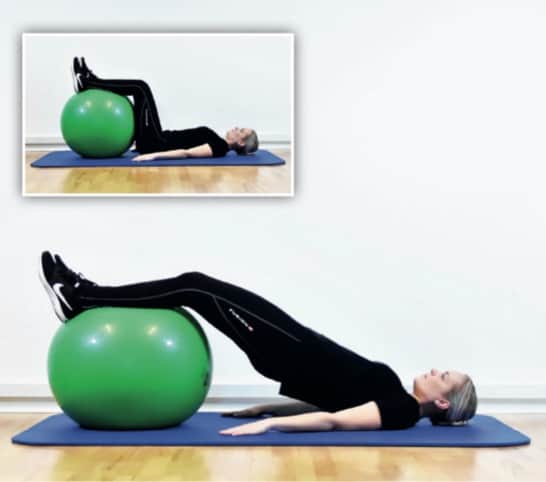
2. Strengthening exercises emphasising postural control
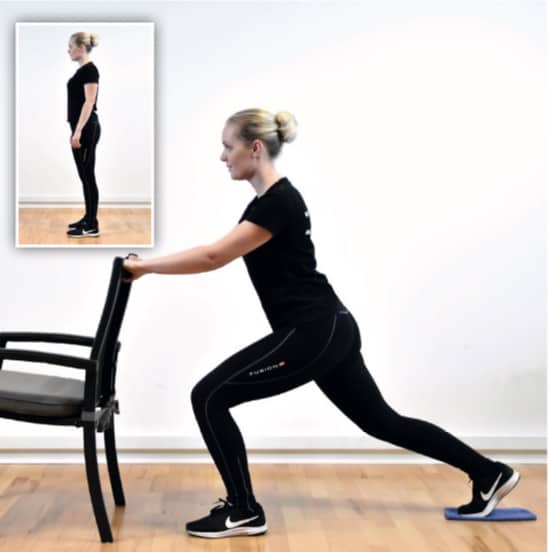
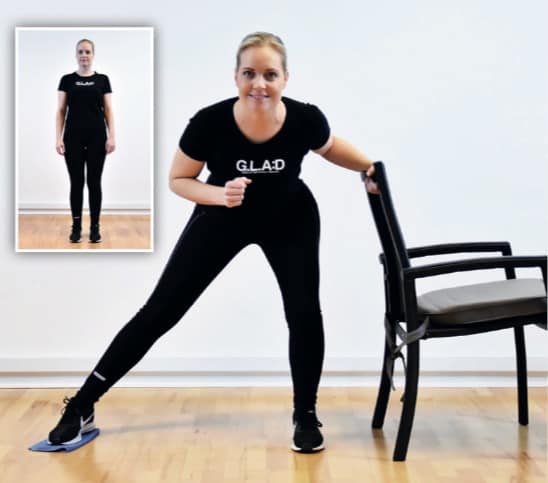
3. Leg strengthening in sitting using theraband
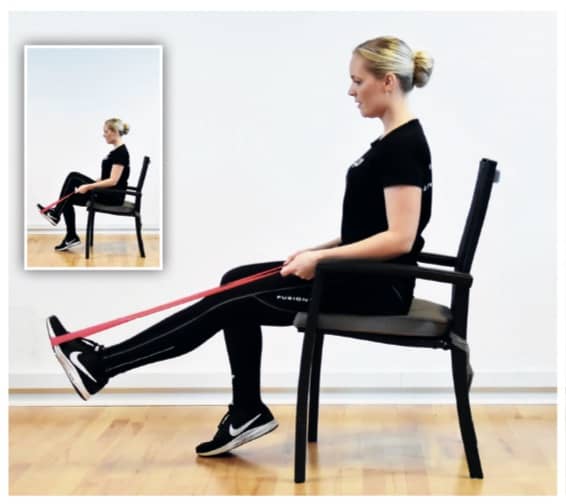
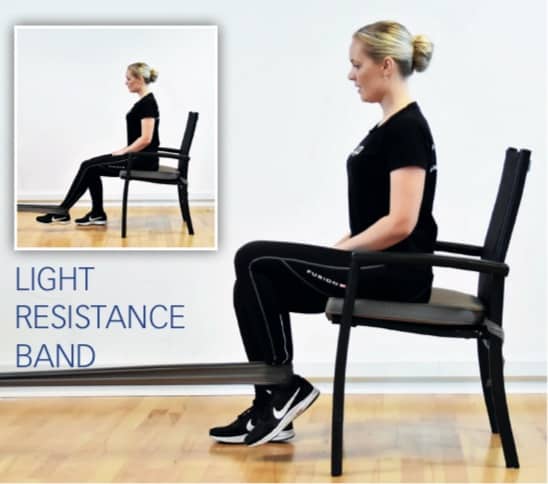
4. Functional ‘real world’ exercises
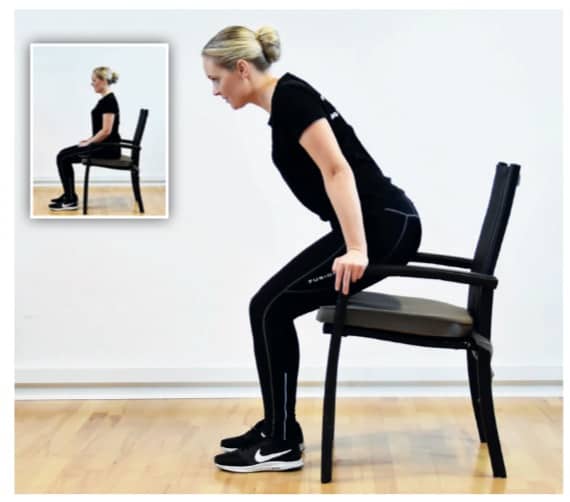
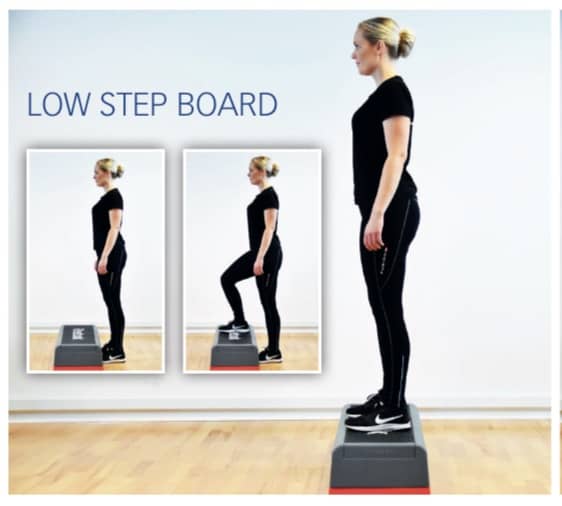
So why is the education part important?
Exercise is an important part of the current best evidence for treatment of osteoarthritis.
However if you don’t know why you need to exercise and you’re just doing it because you’ve been told to, it isn’t nearly as effective.
And you are less likely to make a sustained, ongoing change.
With GLA:D, our aim is to boost your muscles and help change your joint condition and your pain.
But it’s also a boost for your brain too!
Learning about your condition puts you in the driver’s seat and gives you back control of your health.
Register your interest
Now is the time to contact us for more information and register your interest
Call Us On 8356 1000 Or Message Us TODAY
Call Us On 8356 1000 Or Message Us TODAY
Get Started Today On Your Path To
LESS PAIN +
LESS MEDICATION
Book online 24/7, call us or chat on Facebook Messenger to get more details
Subscribe to our newsletter
We have continually attracted South Australia’s best physios, remedial massage therapists and support staff as a result of our culture and our values. And music. And fine coffee.
Site Map
- 8356 1000
- 8356 1200
- [email protected]
- Facebook Messenger
- 506 Henley Beach Road FULHAM South Australia 5024
©2022 - Adelaide West Physio + Pilates | Headache Clinic. All rights reserved
©2022 - Adelaide West Physio + Pilates | Headache Clinic – All rights reserved
©2024 - Adelaide West Physio + Pilates | Headache Clinic – All rights reserved